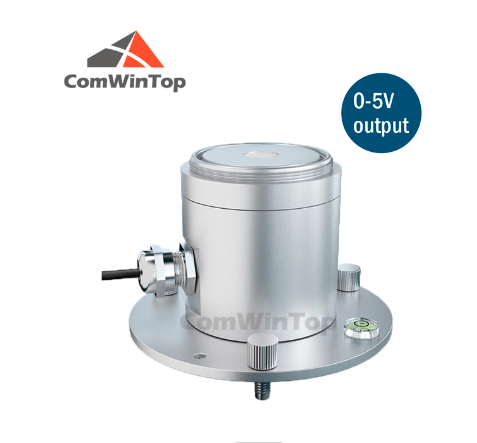ComWinTop
0-5V 0-10V 4-20mA RS485 Plant Photosynthetic Transmitter Photosynthetically Active Pyranometer Sensor
Couldn't load pickup availability
Please notice: All prices are untaxed!
0-5V 0-10V 4-20mA RS485 Plant Photosynthetic Transmitter Photosynthetically Active Pyranometer Sensor
The photosynthetically active radiation sensor adopts the photoelectric sensing principle and can be used to measure the photosynthetically active radiation in the spectral range of 400~700nm. The sensor adopts high-precision photoelectric sensing elements, wide spectrum absorption, high absorption in the range of 400-700nm, and good stability; when there is light, a voltage signal proportional to the incident radiation intensity is generated, and its sensitivity is proportional to the incident light. The cosine of the direct angle is proportional. The dust cover adopts special treatment to reduce dust adsorption, effectively prevent environmental factors from interfering with internal components, and can measure the amount of photosynthetically effective radiation more accurately.
Specification
|
DC power Supply |
7-30vdc |
|
power consumption |
0.06W |
|
Work temperature |
-30°C ~+75°C |
|
Response spectrum |
400nm~700nm |
|
Measurement range |
0~2500μmol/㎡·s |
|
Resolution |
1μmol/㎡·s |
|
Precision |
±2%(1000umol/㎡·s,60%RH,25℃) |
|
Response time |
10μs |
|
Linearity |
≤±1% |
|
Long-term stability |
≤ 2%/y |
|
Output |
RS485/4-20mA/0-5V/0-10V |
Size and installation



Installation method
1.Use screws through the mounting holes on the sensor to fix the sensor on the mounting bracket
2.Make sure the device is parallel to the ground (adjust the hand screw and check the level of the bubble to determine whether it is
parallel)
3.After installation, remove the protective cover





Introduce your content
Answer your customers' common questions
List a frequently asked question
Then provide an answer that will help your customer make an informed purchase.





